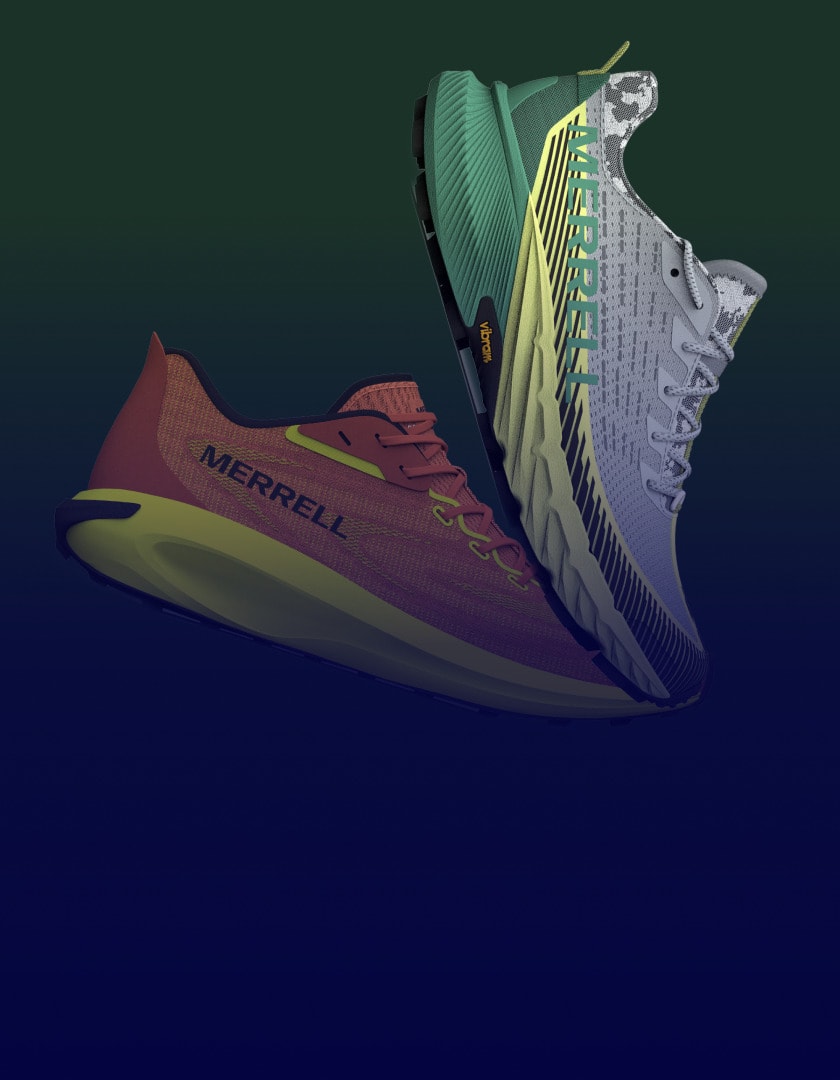How Commercialization PLM Drives New Product Development in Consumer Electronics

Consumer electronics is an industry driven by innovation! And new product development (NPD) is at the center of business growth. With the US consumer electronics market worth $155bn in 2023 and expected to grow by over 1% annually over the next five years, there is a consistent appetite for new products. Enormous spending on R&D on information and communication technology reflects the importance of innovation, amounting to over 463 billion euros worldwide in 2021.
While many consumer-based products demand innovation, a consumer electronics brand or retailer’s survival rests on their ability to innovate quickly—and move technology in the appropriate direction based on consumer interest and market trends. For instance, during the pandemic, sales of TVs and computers overtook smartphones as people switched to home offices and entertainment. It required everyone to shift suddenly, providing an opportunity for agile and responsive NPD to step in.
Each consumer electronic brand and retailer has a different definition of innovation and how that translates into actions. Some define it as the ability to adapt quickly to in-market changes and be positioned as a trend-setter. For others, innovation may not be directly tied to new tech or being first to market: it could be the ability to perceive need and scale up when the time is right or introduce an attractive product missing from the marketplace. How does your company define innovation?
Companies like yours juggle many variables to achieve success, including user experience, style, brand imaging, marketing and price points. With so many elements going into even a single product, it’s imperative to utilize a solution that supports new product innovation (NPI) and NPD—enter commercialization product lifecycle management (PLM).
Unlike a traditional engineering PLM, which is used to create the architecture of the product, commercialization PLM (also called go-to-market PLM or commercial PLM) can be used by all teams involved in the product go-to-market process, from product development to sourcing, merchandising, R&D and sales. It expands and amplifies engineering PLM by breaking down silos across teams so everyone has access to the same data! Win, win!
Centric PLM™ is a commercialization PLM solution that enables you to maintain sales data, communications, design files and up-to-date supply chain information within one streamlined, comprehensive platform. Read on to discover the multiple ways Centric PLM drives innovation for business growth.
1. Develop products within one single source of truth
NPI and NPD are all about change and require the input of a variety of teams, from technical staff to designers to marketers. This typically means many teams are working with data at the same time but performing a number of different tasks.
With so many moving parts, inaccuracies creep in and data gets lost. This is where commercialization PLM becomes the critical tool for storing and presenting unified and comprehensive data that is accessible to all teams.
With the right PLM solution, you can do everything from financial range planning to pinpointing gaps in product assortments, utilizing competitor analysis and committing to specific product developments and enhancements. This can all be managed seamlessly in one digital space.
As teams continue to work remotely, with many spread out internationally, PLM drives digital collaboration by providing a centralized hub linking information, business systems and people to one actionable version of the truth.
Information is updated in real time, so data is continuously accurate and current no matter who is accessing it from where. This cloud-based digital collaboration tool replaces thousands of spreadsheets.

2. Effectively manage consumer-led products
NPD in consumer electronics is not just about motherboards and batteries: it involves consumer-focused goods driven by trends in style and fashion. Even the most advanced technology needs to have some design elements in order to connect and inspire people to want to use it.
The iPhone is one of the most famous examples. While Apple may get all the credit for revolutionizing digital communication technology, Nokia actually introduced the first smartphone. It didn’t feature the design, usability and marketing elements of the iPhone and didn’t become widely popular with a mass consumer market. Far from being solely utilitarian, consumer electronics must address both function and form.
Engineering PLMs can manage bill of materials (BOMs) and streamline workflows. But that’s taking a strictly utilitarian perspective on development. Centric PLM allows you to manage design aspects much more intuitively. For example, if you manufacture one type of headphone in five colors, an engineering PLM would typically need to have five different headphone listings, even though the only difference is the color.
Centric PLM was designed to account for these variables, so you only need one product listing with a color variation option. This allows for easier management of vast quantities of SKUs, improved color swatch accuracy and better product overview visibility.
3. Easily locate opportunities with product assortment visibility
A commercialization PLM provides at-a-glance visibility to quickly review your entire product assortment, with all related information easily accessible in just a click. This macro view enables teams to better understand the product mix and which areas are in need of further development or investment.
Getting a grasp on your product landscape empowers NPD with the ability to literally see opportunities for line extensions, innovation expansion (products in the same categories with added benefits or features) and the refinement of current products either for new markets or to retarget an existing customer base. This information can also inspire disruptive innovation, revealing unmet needs due to the insights provided by PLM.
4. Capture sales and market data
Innovation is only one half of the NPD equation. For every new product introduced to market, there is a story about what happens on the other side of this launch. Understanding how a product performs is key to fine tuning and improving future innovations. Asking questions such as “Did our new products cannibalize top line performers?” and “What did this innovation cost us to bring to market?” are essential parts of this process.
Having easy access to accurate data in PLM provides a pathway to next steps. This data will provide context for sales and determine if NPD is a driver or money maker. PLM data can inform what your next innovation will be, based on performance numbers, cost of products sold and revenue produced.
Will you add an extra trim to your Bluetooth speaker or upgrade a headphone line by offering it in a metallic color option? Your PLM historic data will provide the direction.
Conclusion
Innovation and NPD isn’t just about lightbulb “eureka” moments. Strategic innovation that’s designed to empower portfolio growth uses a host of accurate data to inform next steps. When assessing your data capabilities, it’s important to ask yourself some basic questions.
Do you use analytical insights to help decide where to innovate? Are you able to accurately measure innovation? Centric PLM & QMS for Consumer Electronics can help you to not only be more innovative, but strategically target your NPD for maximum growth.
Innovation and NPD isn’t just about lightbulb “eureka” moments. Strategic innovation that’s designed to empower portfolio growth uses a huge variety of accurate data to inform next steps. When assessing your data capabilities, be sure to ask yourself some important questions.
Do you use analytical insights to help decide where to innovate?
Are you able to accurately measure innovation?
Do you have the data and capabilities you need to spot and take advantage of new market opportunities?
Centric PLM & QMS for Consumer Electronics can help you to not only be more innovative, but strategically target your NPD for maximum growth. By centralizing and linking product-related data from concept to retail, Centric PLM streamlines innovation and gives teams a more rounded picture of products as they progress from concept to launch so that they can make better informed decisions.








